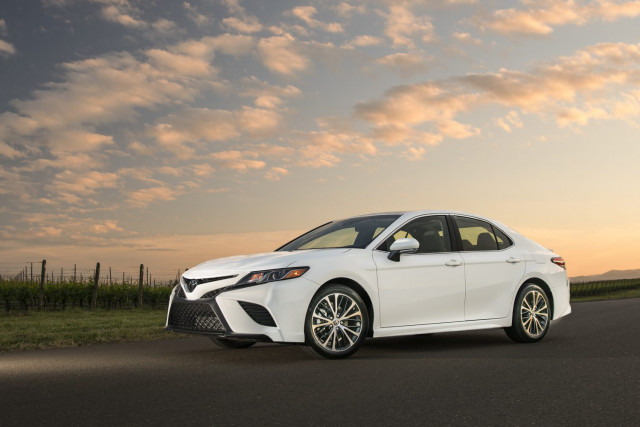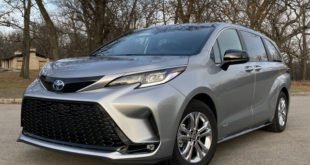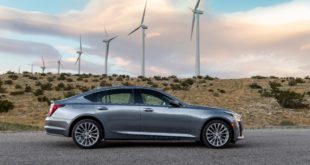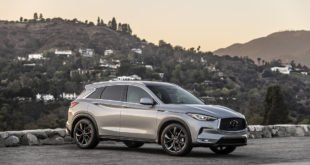There are flashier sedans on the lots, for sure, but when it comes down to size, price, features, and fuel economy, the 2020 Toyota Camry and 2020 Chevrolet Malibu should be tops on the list for value. That’s a rare commodity among cars, even rarer among new cars.
But we’re guessing you already know that. If you’ve landed on the Malibu and Camry, you’ve walked right past crossovers that cost thousands more and headed to where our bread is buttered for well under $ 25,000.
So which sedan is best for your smart money? The Camry nets a 7.0 TCC Rating, which tops the Malibu’s 5.8 score. Both excel at the broad strokes: space, comfort, and practicality. But the Camry hits some of the finer details with optional and more frugal powertrains, overall refinement, and safety conveniences.
MORE: Read our full reviews of the 2020 Toyota Camry and 2020 Chevy Malibu

2020 Toyota Camry
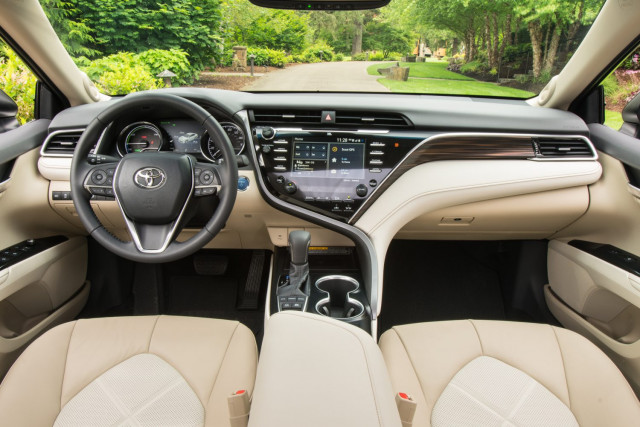
2020 Toyota Camry
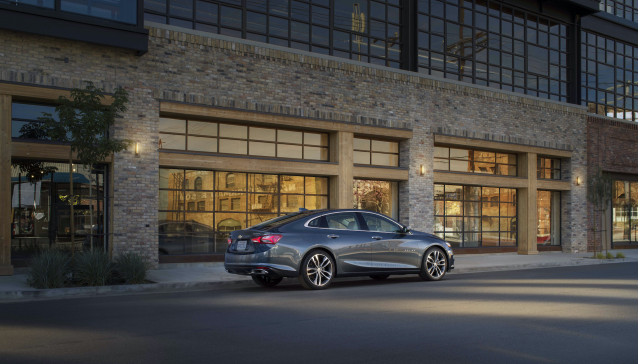
2020 Chevrolet Malibu
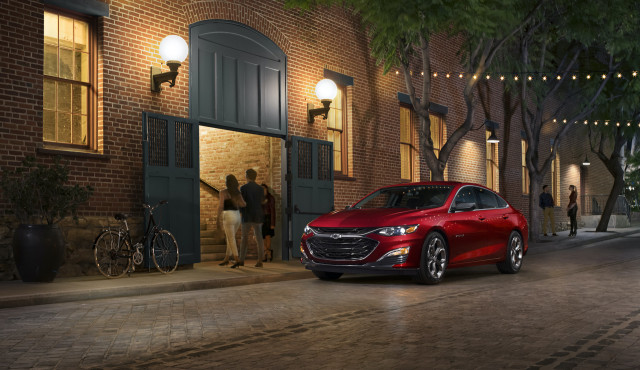
2020 Chevrolet Malibu
The two sedans comfortably haul up to five adults for short trips or four adults in all-day comfort. We’re more impressed with the Camry’s front seats, but only by a small margin. Both sedans offer manual adjusting seats in base specs, but most Malibus and Camrys on the road will have a power-adjustable chair that’s easy to find a comfortable view of the road ahead.
The base Malibu L outguns the Camry L in touchscreen real estate; Chevy makes an 8.0-inch version standard and Toyota offers a 7.0-inch version. Both touchscreens offer Android Auto and Apple CarPlay compatibility, but that’s Chevy’s only trump card here.
The base Camry offers standard automatic emergency braking, adaptive cruise control, and active lane control. Chevy offers similar features, but they’re optional and tucked away on the top Malibu Premier that costs more than $ 32,000. That’s a far cry from the Malibu L’s starting price of around $ 23,000 and a long walk from the base Camry L that makes all of them standard for about $ 25,000.
From there, the Camry’s lead on the Malibu widens.
Although the base Malibu with a 1.5-liter turbo-4 nets an EPA rating of 32 mpg combined—fuel-efficient compared to just about every other car on the road, especially crossovers—the Camry L with a 2.5 inline-4 hits 34 mpg combined and barely looks back. Camry Hybrid models tip into the 50s. That’s remarkably fuel-efficient, and not long ago, those numbers were only achievable in a Prius—and its regrettable shape.
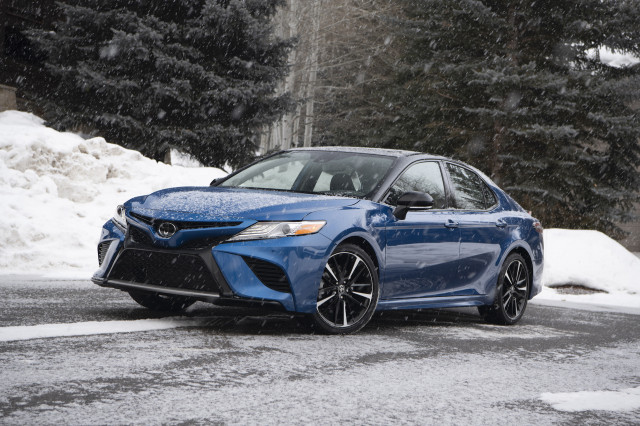
2020 Toyota Camry XSE AWD
Toyota makes available a V-6 and all-wheel drive (although not together) in its Camry; Chevy offers a higher power turbo-4, but not much else.
The Camry starts to drub the Malibu in overall looks (although the Chevy doesn’t look bad) and refinement. Even though getting into the Camry’s rear seats is a little awkward, it’s more comfortable inside and more refined than the Malibu. What’s more, Toyota goes for the two-leg takedown in safety scores—the Toyota nearly aced our scale and Chevrolet’s insistence on making active safety features optional on top trims gets its knuckles wrapped on our scale.
In the end, it’s easy to recommend nearly every version of the Camry above the base model to anyone shopping both sedans. The Camry LE and XLE hybrid versions are where we’d spend our money, and for about $ 30,000 is all we could ask from a sedan. The base Malibu L fares best against the Camry; at $ 23,000, it’s less than the base Camry but also lacks active safety that we think is essential.
Sedans may not be showy, but that doesn’t mean they’re not a great deal.
